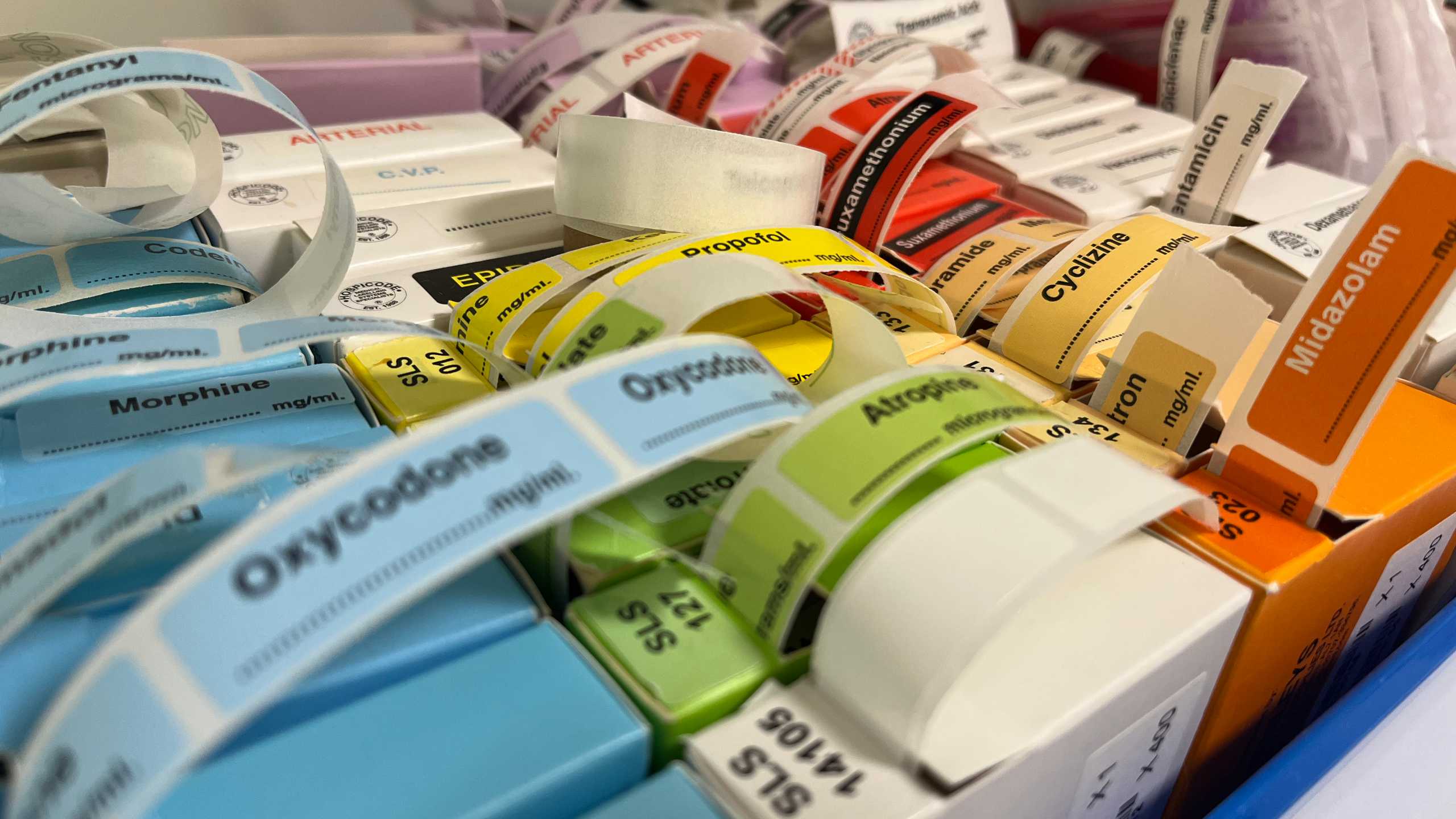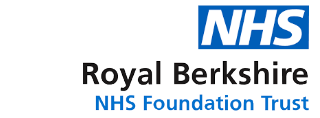
Sign In
ENT Surgical ChecklistsUse this resource in conjunction with your real-world training

Experience Summary
In this experience, observe the Sign In part of the World Health Organization (WHO) Surgical Safety Checklist for a patient undergoing ENT surgery.
Clinical Context
The WHO Surgical Safety Checklist is designed to reduce preventable harm during surgery through structured safety checks. A critical component is the “Sign In” (performed before induction of anaesthesia).
WHO Safety Checklist Components
Clinically, the checklist is divided into three phases, each corresponding to a specific point in the surgical pathway:
- Sign In (before anaesthesia): Confirms patient identity, consent, allergies, airway risks, and preparation for blood loss.
- Time Out (before incision): Involves all theatre staff in introducing themselves, confirming the patient and planned procedure, reviewing anticipated critical events, and checking sterility.
- Sign Out (before the patient leaves the operating room): Ensures the procedure performed is recorded, instruments and sponges are accounted for, specimens are labelled, and any concerns for recovery are communicated.
By embedding these structured pauses, the checklist not only prevents technical errors but also fosters shared responsibility, flattening hierarchies and encouraging all team members to speak up. This is especially significant in multidisciplinary teams, where good communication is directly linked to patient safety outcomes.
The “Sign In” Phase
The Sign In is conducted before the administration of anaesthesia. Its primary purpose is to ensure correct patient identity, procedure, and surgical site. This phase includes confirming the patient’s name, date of birth, consent, procedure, and site marking, as well as checking for known allergies, airway risks, aspiration risk, and anticipated blood loss. Anaesthetic equipment and monitoring are also verified.
In clinical context, this structured check addresses some of the most serious but avoidable risks in surgery, such as wrong-patient or wrong-site surgery, unrecognised anaesthetic complications, and unexpected intraoperative crises. By explicitly confirming details in a team setting, errors that could otherwise go unnoticed are identified early. The process also reinforces teamwork, ensuring that anaesthetists, surgeons, and nurses begin with shared situational awareness.
Learning Outcomes
- Observe the WHO checklist being used in practice.
- Increase understanding of the components of the WHO safety checklist.
- Observe the roles of the MDT in the WHO safety checklist.
- Increase understanding of the importance of using WHO safety checklists in clinical practice.
External Resources
